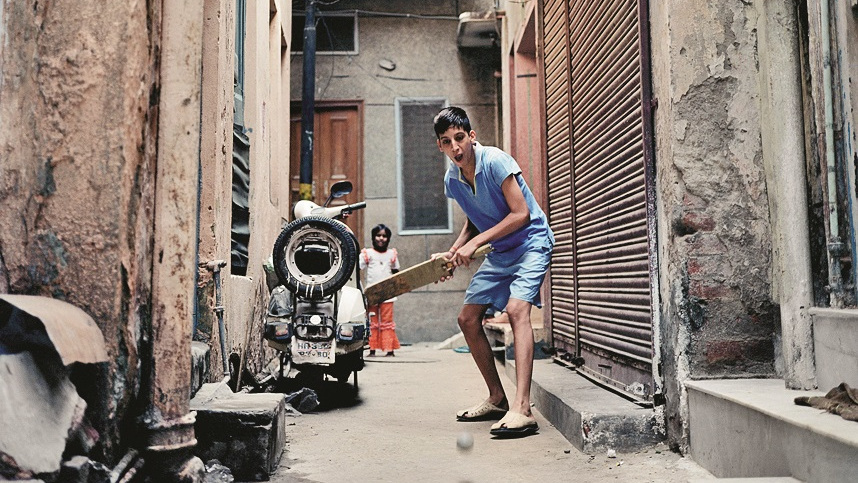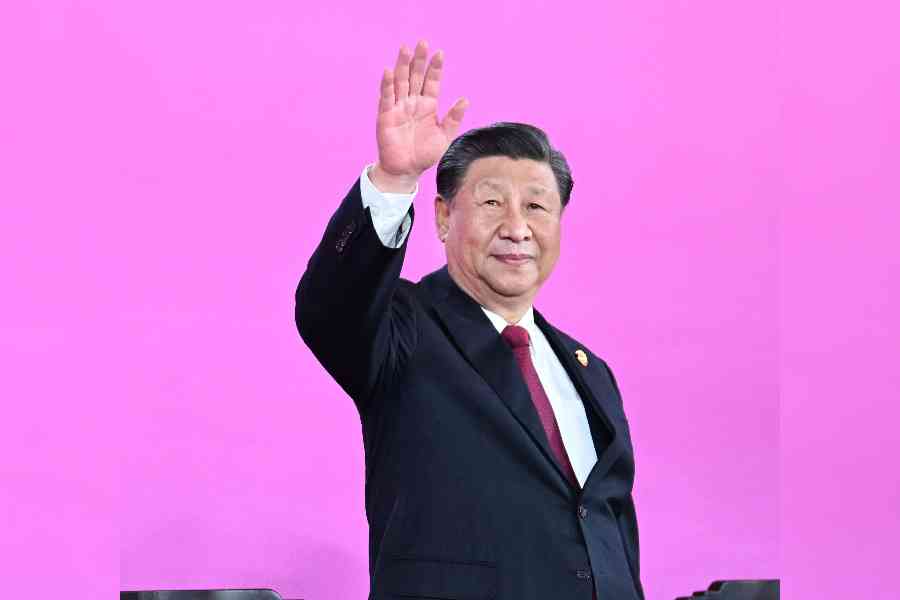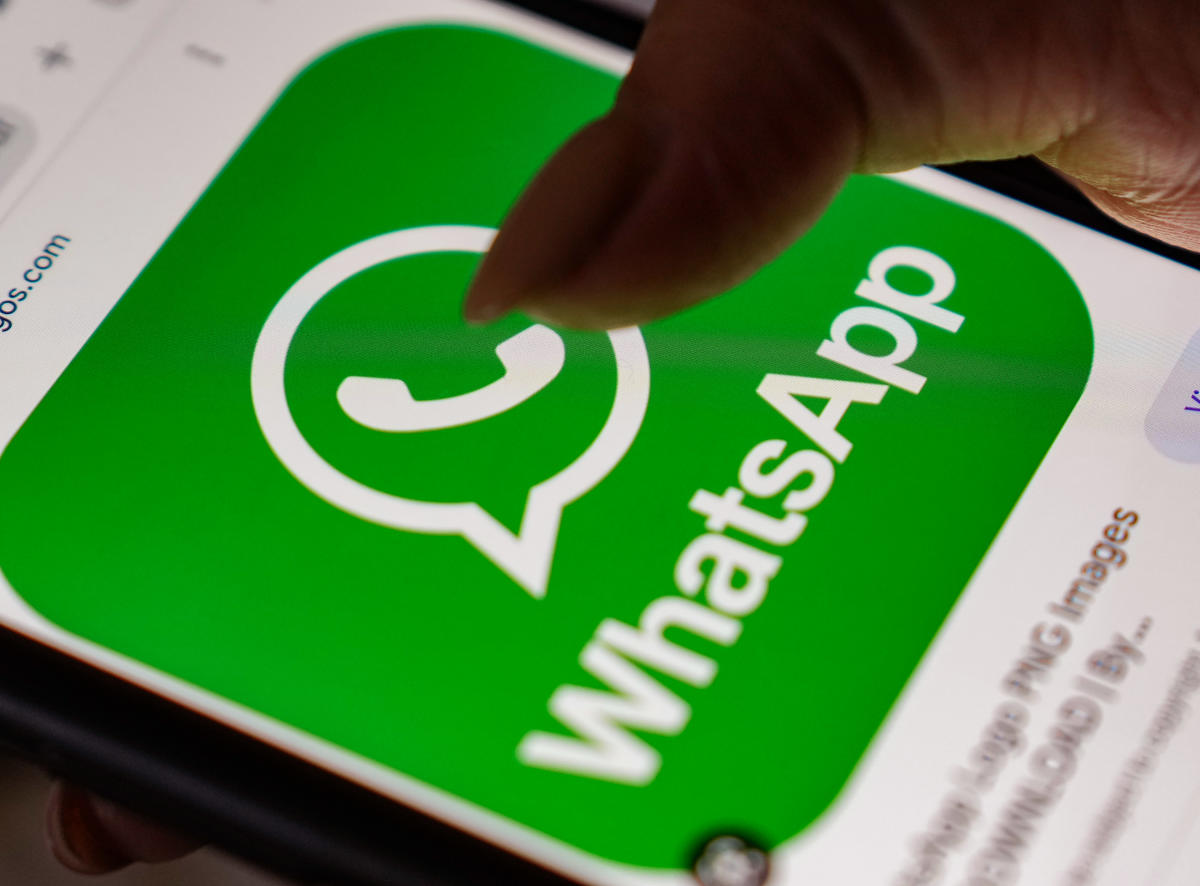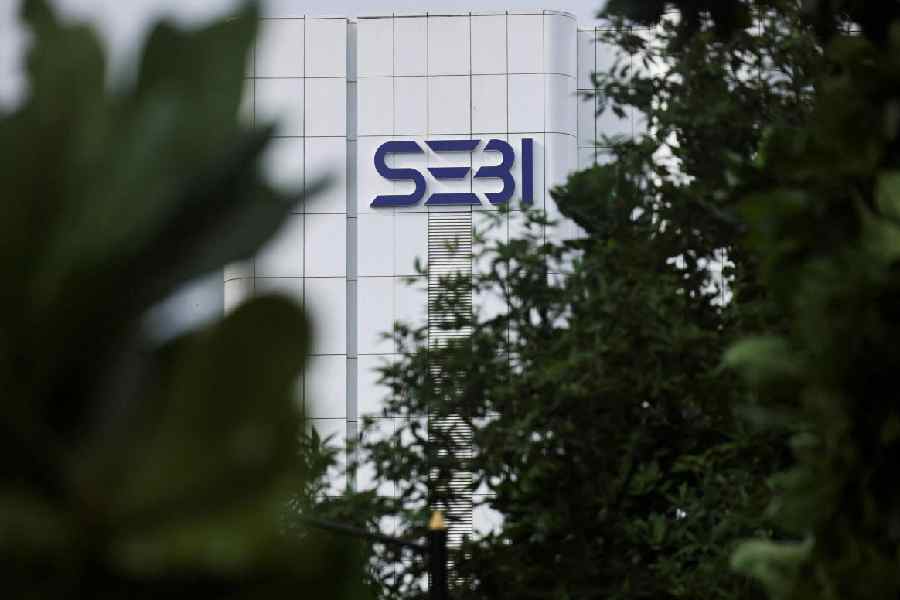Book: The Commonwealth of Cricket: A Lifelong Love Affair with the Most Subtle and Sophisticated Game Known to Humankind
Author: Ramachandra Guha
Publisher: Fourth Estate
Price: Rs 699
Ramachandra Guha’s The Commonwealth of Cricket throws up a dilemma at the very start. Where do we begin? This is Guha’s fourth book on cricket, fifth including the editorship of The Picador Book of Cricket, and, to date, his most personal. The section that’s made the most news though is contained at the end: where Guha finds himself on the four-member Committee of Administrators set up by the Supreme Court to implement the Lodha Committee reforms on the Board of Control for Cricket in India. Through Guha, we are shown the intestines of Indian cricket and what passed through them. Maybe it would be best to begin with his first sighting of cricket as a four year old.
The Commonwealth of Cricket’s wordy subtitle — A Lifelong Love Affair with the Most Subtle and Sophisticated Game Known to Humankind — is a nod to a 19th century subtitle meant to summarize contents and also, Guha says, to annoy fans of other sports. He follows little of other sports, an unashamed cricketing aesthete and devotee for almost six decades.
The book is part-memoir, part-appreciation, part-social commentary, part-storytelling with a healthy mix of the favourite cricket-nerd-activity — conjuring up Dream XIs. Unknowingly for cricket fans of the pre-T20 age, it also becomes a template for our personal commonwealths. It rambles through the forests of Dehradun, the playing fields of Doon School and St. Stephen’s College. It mingles with club players from Bangalore, first-class cricketers from everywhere, stars of the international game and the far-from-pleasant administrators they can turn into.
The book’s hero is Guha’s maternal uncle, Durai, who encourages his love for cricket and ensures his nephew is properly entangled by the age of eight as the youngest member of Bangalore’s second-oldest cricket club, Friends Union Cricket Club. Durai’s presence flits through the book, the quintessential Indian cricket person totally dedicated to the core of the game. These are the people who keep Indian cricket humming — the diligent neighbourhood coach immune to glitz, the local talent who narrowly misses out on the big time, the generous achiever who is happy to share and play on creaking knees for fun.
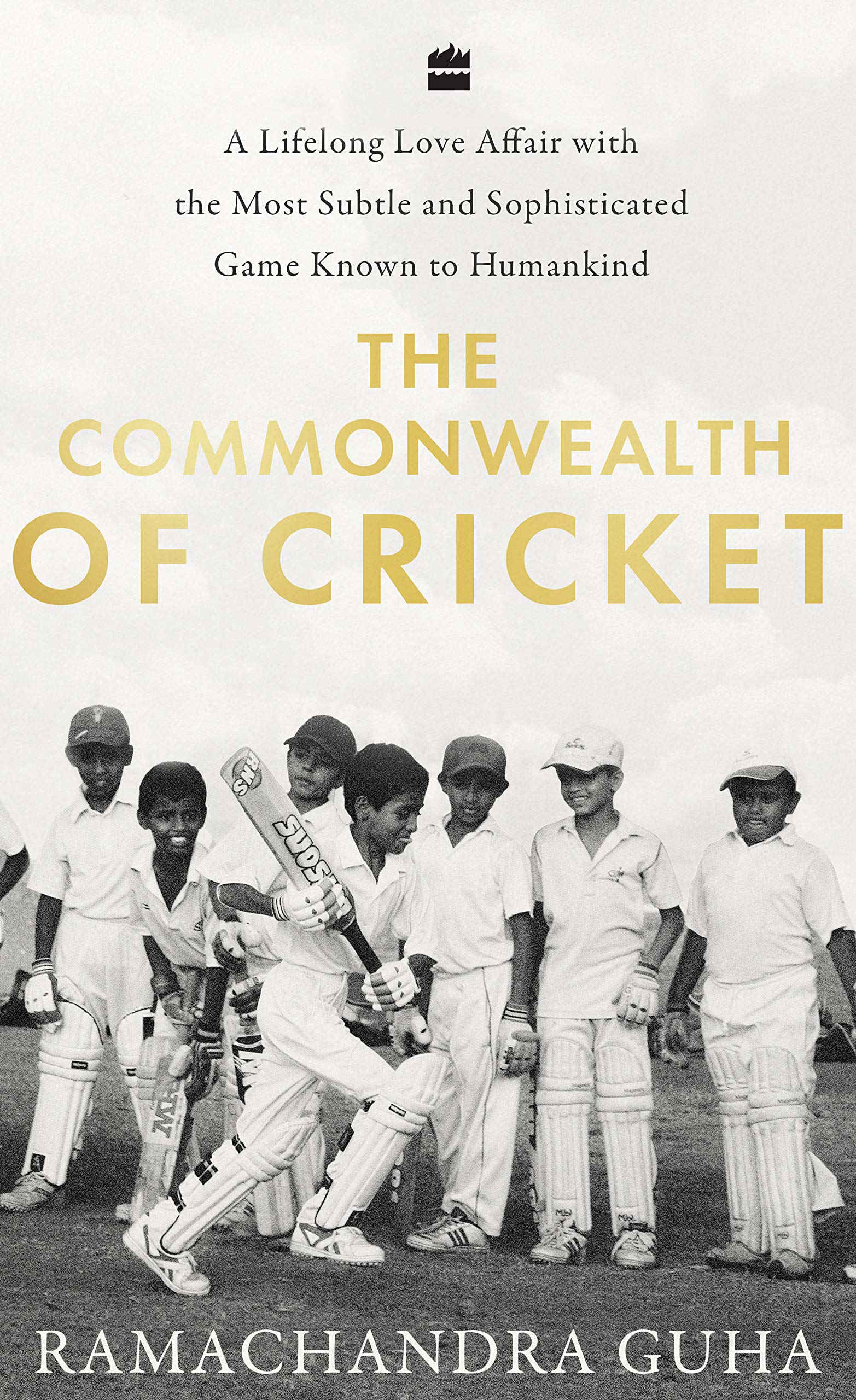
The Commonwealth of Cricket: A Lifelong Love Affair with the Most Subtle and Sophisticated Game Known to Humankind by Ramachandra Guha, Fourth Estate, Rs 699 Amazon
When the amateur and the elite run into each other, there comes a moment of eye-opening clarity of the distance between the two worlds through a ball bowled or a shot played. As he writes of himself, it is as if Guha is speaking for Everyfan. During his days on the Stephen’s team, he says, “I played everyday with boys who played for Delhi who played with men who played for India.” Who has not spent an idle afternoon working out the degrees of separation between themselves and their heroes?
The Commonwealth is layered with stories, Guha’s memory of details and anecdotes taking us through the decades in which our cricket and country were transformed. His move away from national and even more addictive generational chauvinisms (Mayank Agarwal opens in his all-time Karnataka XI) is happening as Indian cricket speeds off in the opposite direction. Sharper, narrower and louder, buoyed by its money.
As COA member, Guha went into the heart of the beast and those two chapters about his experience are an important documentation. Everyone knew the officials’ vices but “What surprised and shocked me [Guha] more was how amoral India’s top cricketers were.” His classification of the four types of Indian cricket superstars is spot-on and the game’s overall pettiness is in full view. Everyone kowtows to today’s power, yesterday be damned. A suggestion to mark Vinoo Mankad’s birth centenary on an IPL match-day is dead batted, while there’s an urgent efficiency to engineer Virat Kohli’s selection of the India coach. When the KSCA secretary, Brijesh Patel, himself a Test player, is asked why the stands in Bangalore’s Chinnaswamy Stadium couldn’t be named after Karnataka internationals, he replies, “Then everyone will begin asking.”
At one point in the mid-90s, Guha observes that Indian academicians “were prone to miss the social and cultural importance of cricket and cricketers”. A quarter of a century later, this is not the case anymore because it is too obvious. Indian cricket has become a reflection of the state of the nation, with untrammelled power in the hands of a few, surrounded by eager supplicants. These days, the BCCI president, Sourav Ganguly, and secretary, Jay Shah, are walking over the Supreme Court-ordered Lodha recommendations with hobnailed boots with the BCCI’s old guard still active behind the scenes. Shah and Ganguly, a tragic let-down as player-president, have spent the last six-odd months hoping that the Supreme Court will metaphorically nail the Sirsa Padasana (the feet to head pose), bin its own reformatory orders for the BCCI, and extend their tenures.
Those last two chapters should be republished as a booklet, translated into many languages and distributed free at traffic signals. If only to show the public the full truth about Indian cricket. Of the rest, fans will be happy to savour that which remains precious — our unrelenting love for the game itself.

